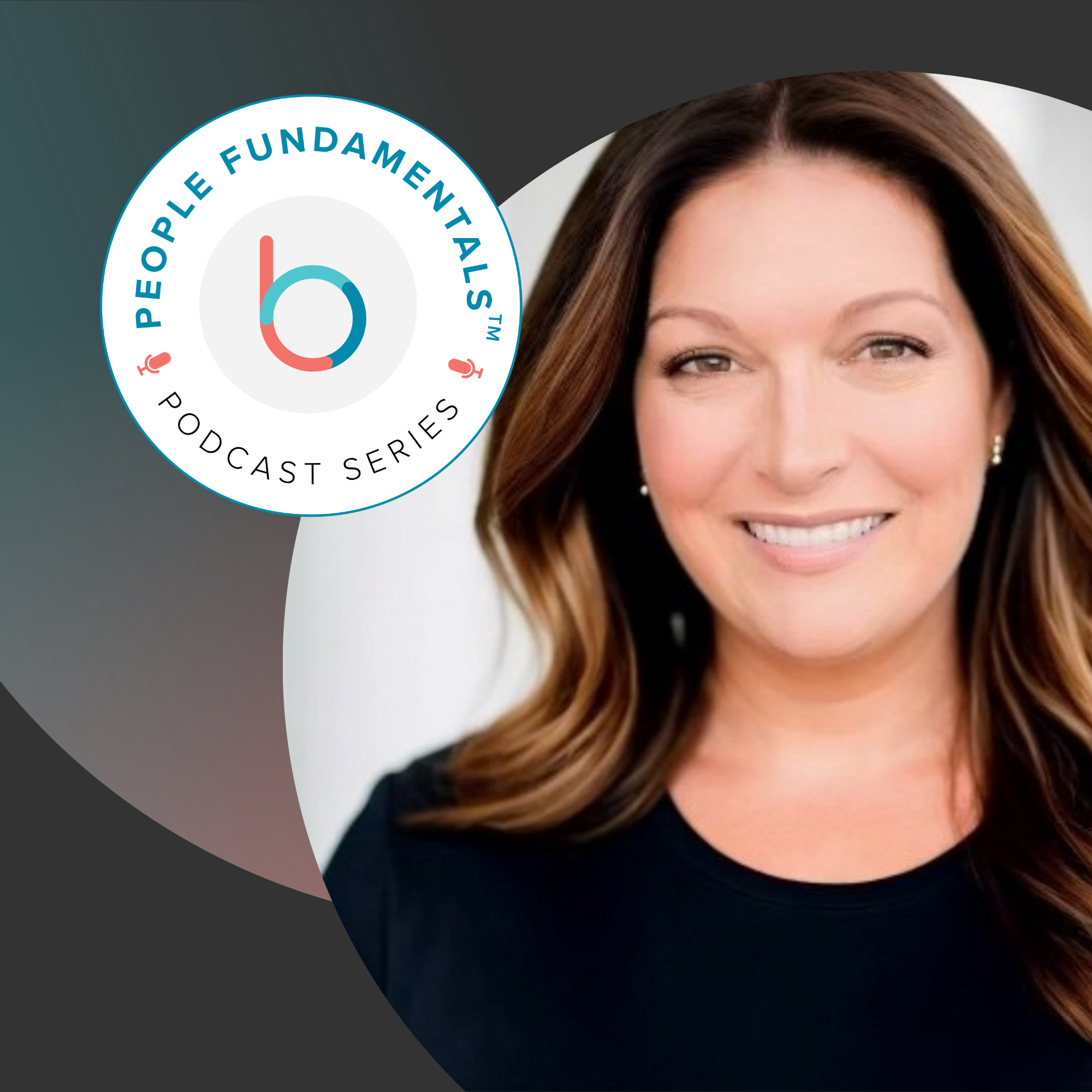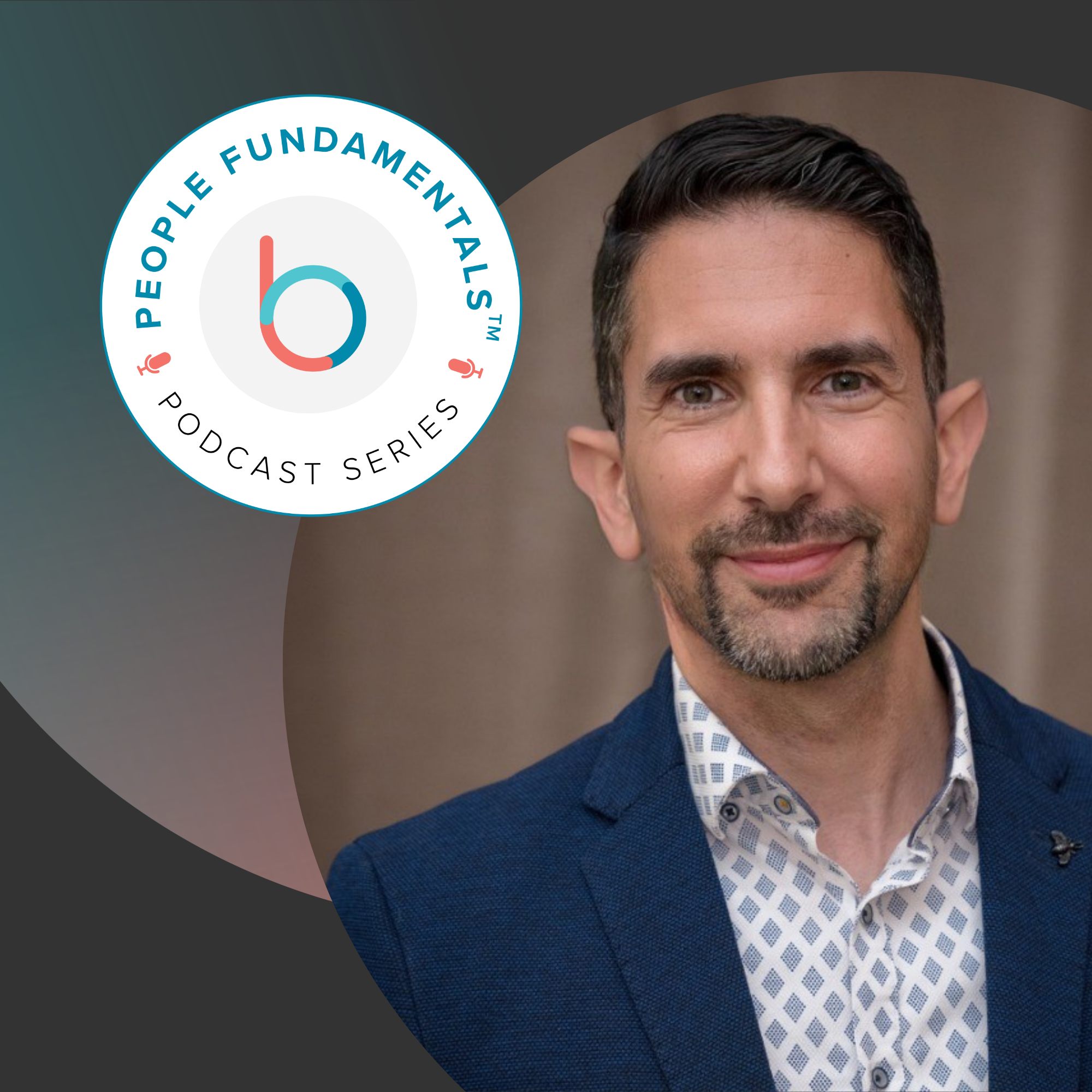This is part 1 of a 2 part series.
Picture a person with no personality. They go to work, they interact with their coworkers, and they get things done, just like anyone else. But it is safe to say they will not inspire others. They will not rise to leadership. They will not change the world.
Companies also have personalities. A company’s personality is its values: a shared set of priorities everyone can reference to resolve the tough questions that define the company. Questions like: Should we risk quality to seize a competitive edge? Should we risk employee burnout to increase sales? Should we risk alienating existing customers to enter a new market?
Without clear, shared values to act as a compass, these decisions will be left to individual preferences or whims and an unpredictable culture will emerge. As a leader, it is up to you to ensure establish good, strong company values, whether you’re evolving existing values or creating them from scratch.
For a leader hoping to guide their organization into future success, [tweet text=”There are three key rules to consider when defining strong company values: “]”there are three key rules to consider when defining strong company values.”[/tweet]
Rule #1: Respect implicit values
Company values are an extension of the company leader. The leader’s decisions set the standard others follow. If an organization has a leader, it has implicit values, and often these implicit values don’t match the company’s stated values. Conflicting implicit values can be a recipe for confusion and frustration amongst your workforce.
Therefore, [tweet text=”The first step towards creating strong values is recognizing existing values:”]”the first step towards creating strong values is recognizing existing values.”[/tweet] Before asking what your company values should be, consider what values are already woven into your cultural fabric. How you have succeeded so far? What existing values attracted your earliest followers?
Stated values have to start from a point of sincerity; dishonesty about your heritage will only cause confusion and distrust in your organization. You’re not embellishing a biography, you’re building a legacy.
Rule #2: Values should focus on a central premise
Here are some example values:
- Excellence
- Innovation
- Customer Fixation
- Teamwork
- Community
- Fun
These values are all fine. None of them are bad. But together, what do they tell you about the company that wrote them? Can you picture the culture? Do you have any idea which company this is? How likely is this company to dominate their field with excellence, innovation and customer success? How likely are the employees to work together as a team?
The company is Yahoo! and these values are generic.
[tweet text=”Values need to be original enough to be memorable and focused enough to provide a clear answer to most questions.”]”Values need to be original enough to be memorable and focused enough to provide a clear answer to most questions.”[/tweet] Too many unaligned values aren’t useful when looking for guidance with tough decisions like deciding how to focus the business or differentiate from competitors.
Here are the values for Facebook:
- Be bold
- Focus on impact
- Move fast
- Be open
- Build social value
The central premise is clear: this is a company that values cutting-edge innovation. Any tough questions about focus or differentiation are going to resolve to the option that’s the most innovative, the most likely to push boundaries in providing social value. ‘Be open’ exists as a check against that primary focus: Facebook wants to innovate but not at the expense of taking liberties with their users. Openness here serves two purposes: it encourages teamwork and communication but it also encourages customer transparency. This is not to say that Facebook always achieves openness but by recognizing its importance they are able to strongly course correct when they stray.
Facebook has left out Excellence, Teamwork, Fun and the Customer, does this mean they don’t value these things? No, it means the basics can go without saying. The objective of setting values isn’t to cover every possible value but rather to emphasize where your company will achieve industry-defining excellence.
Rule #3: Values should set a goal
[tweet text=”The best values establish both a central premise and a goal.”]”The best values establish both a central premise and a goal.”[/tweet] If you take another look at Facebook’s values, you’ll see the last value, ‘Build social value’, is their goal. This is the implied overarching business strategy at Facebook. The brilliance of Facebook’s values is the combination of both a goal and the methods of achieving it.
Here’s another company with a strong set of values that follows the same model:
- Quality / Value for money
- Innovation
- Fun
- Competitive & Challenging
- Creating an airline people love
You already know this company is an airline, can you name the airline? Which airline most visibly innovates? Which airline challenges the status quo? Which airline is dedicated to creating an airline people love?
The airline is Virgin America. The first four values are borrowed from Richard Branson’s Virgin Group, the final is their purpose statement. In other words, their goal. The goal perfectly summarizes how the Virgin values come together in the airline space.
When Alaska Airlines acquired Virgin America in 2017, they did it with an awareness of how Virgin America could help modernize their own culture. A press release announcing details of the merger cited a desire to retain Virgin’s “relentless desire to make flying a different experience for guests” and, when planning to merge the two companies, Alaska executives chose to adopt Virgin’s purpose statement, “creating an airline people love”, as their own.
When you compare Facebook and Virgin, both companies’ values strive to out-innovate, not just their competitors, but the expectations for what’s even possible. And yet each company has made this statement uniquely, memorable, and with culturally appropriate language.
Part 2 can be found here.






